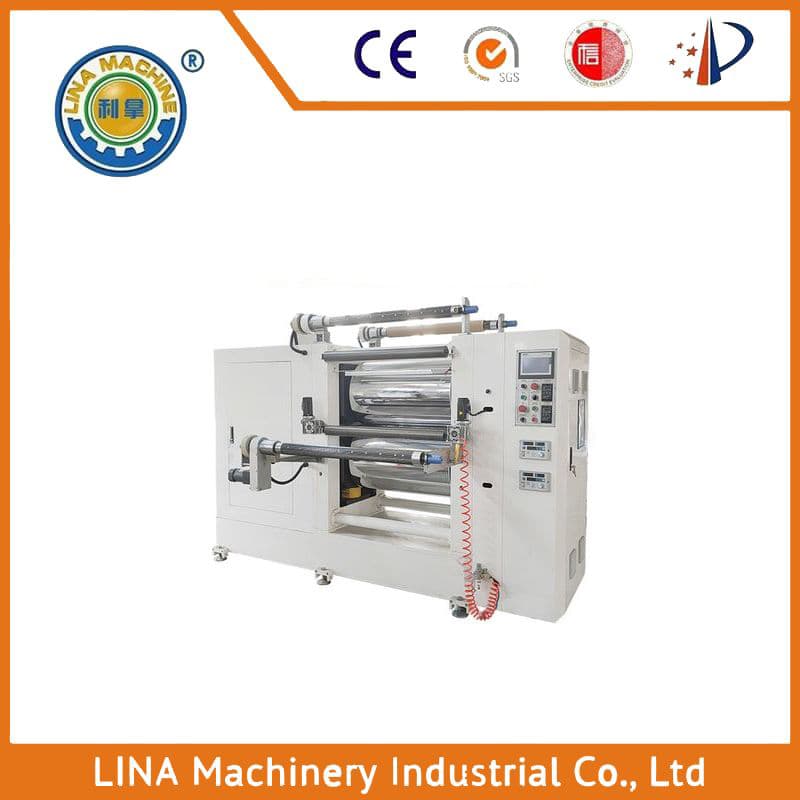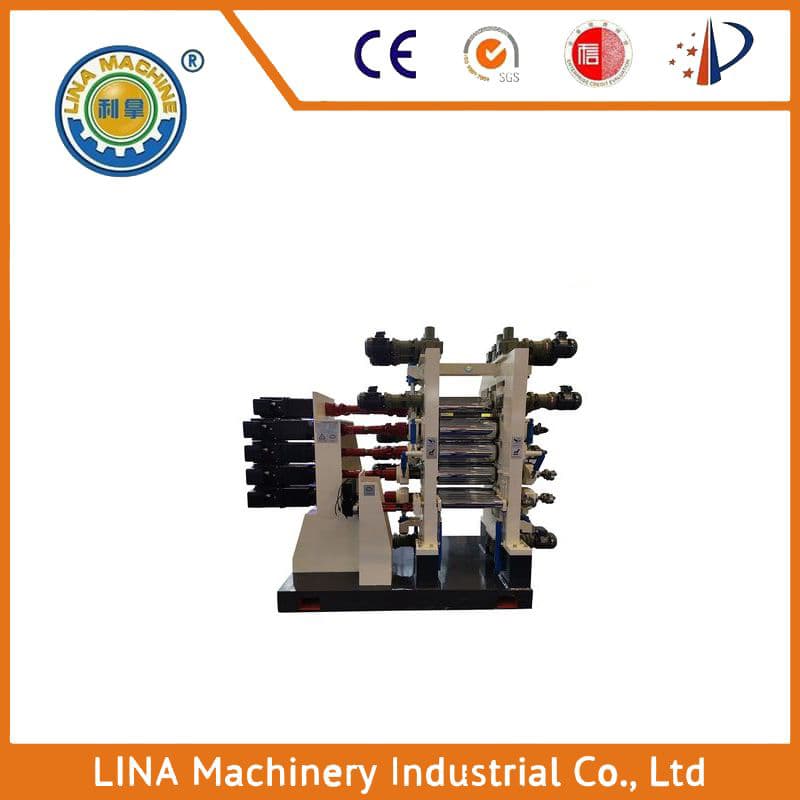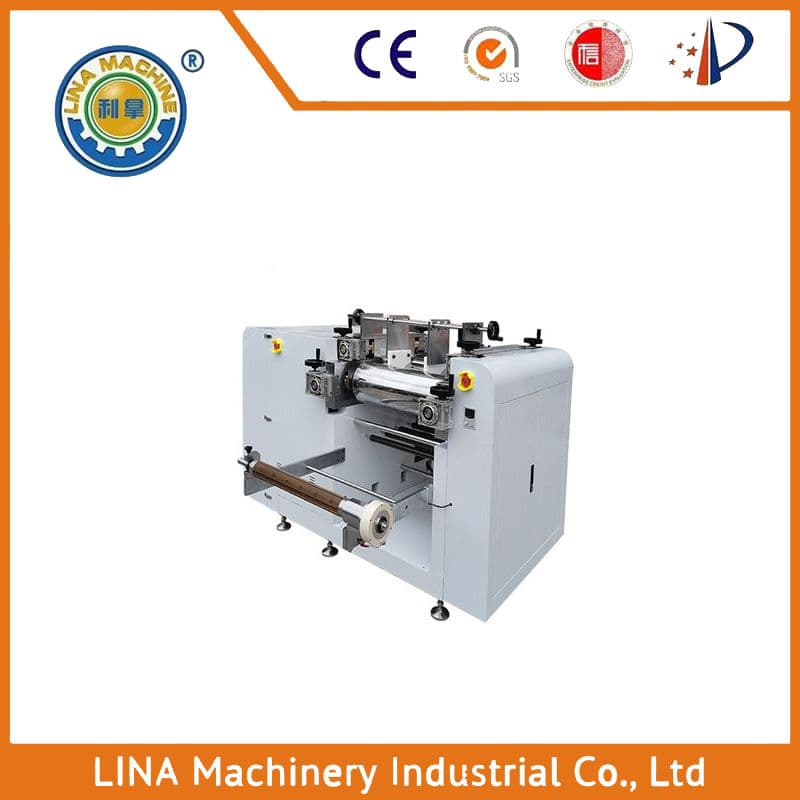Innovative Advances in Thermal Conductive Silicone Rolling Machine Production Line
The production line for thermal conductive silicone rollers is a critical component of the electronics and automotive industries. This article will explore the latest advancements in this industry, highlighting the importance of high-quality materials and advanced manufacturing techniques.
Firstly, the selection of raw materials is crucial in the production of thermal conductive silicone rollers. The raw materials must be of high purity and have excellent thermal conductivity properties. Additionally, they must be resistant to heat and moisture, which can affect their performance over time.
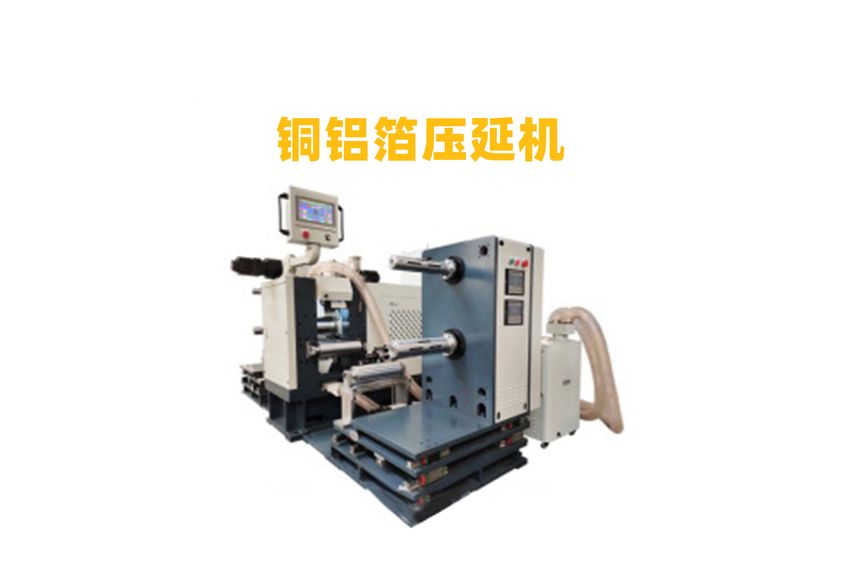
In terms of manufacturing techniques, modern technology has led to significant improvements in the production process. For example, the use of automated equipment has reduced labor costs and increased efficiency. Additionally, the introduction of computer-controlled systems has allowed for precise control over the production process, resulting in better quality products.
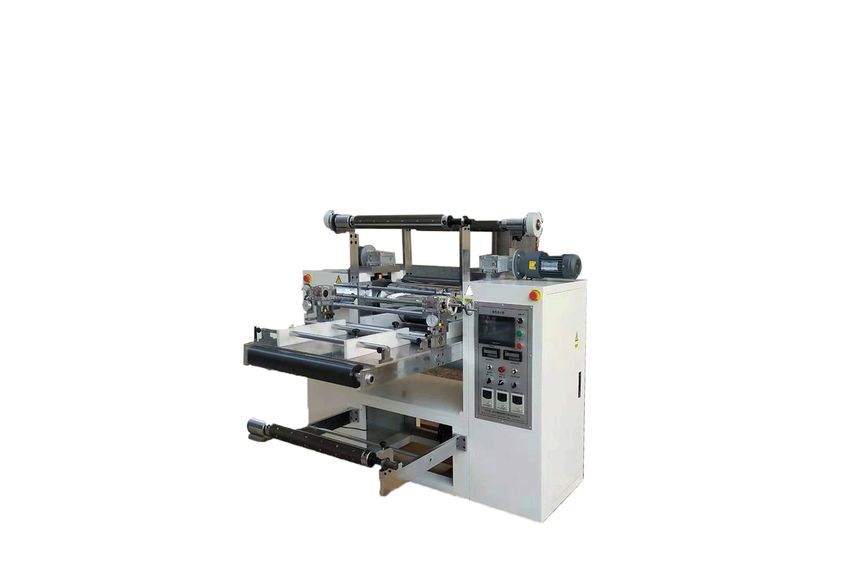
Another important aspect of the production line is the use of advanced materials. These materials are designed to withstand high temperatures and pressures, making them ideal for use in harsh environments. Additionally, they are lightweight and flexible, allowing for easy transportation and installation.
Finally, the production line is designed to ensure consistent quality throughout the entire process. Sensors and other monitoring devices are used to detect any defects or irregularities during the manufacturing process, allowing for immediate corrections.
1. Thermal conductive silicone rollers
2. Manufacturing process
3. Advanced manufacturing techniques
4. Automated equipment
5. Computer-controlled systems
6. Quality assurance
7. Consistent quality
8. Sensors and monitoring devices
9. Corrections
This article provides an in-depth look at the latest advancements in the production line for thermal conductive silicone rollers. It highlights the importance of selecting high-quality raw materials and utilizing advanced manufacturing techniques to produce high-quality products. The article also discusses the use of automated equipment and computer-controlled systems to improve efficiency and accuracy. Finally, it emphasizes the importance of quality assurance and the use of sensors and monitoring devices to ensure consistent quality throughout the entire process.


